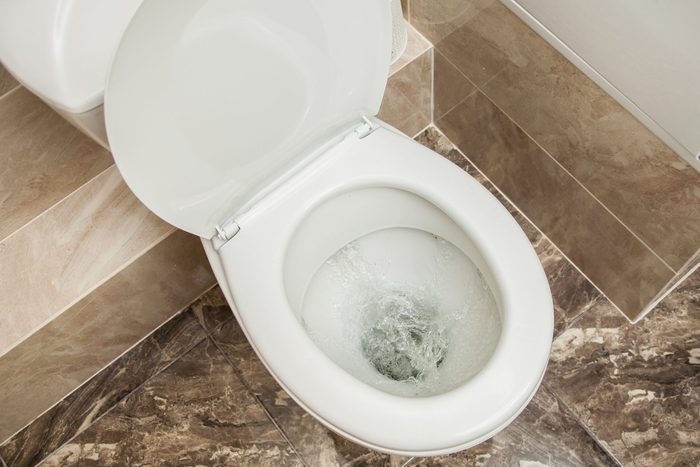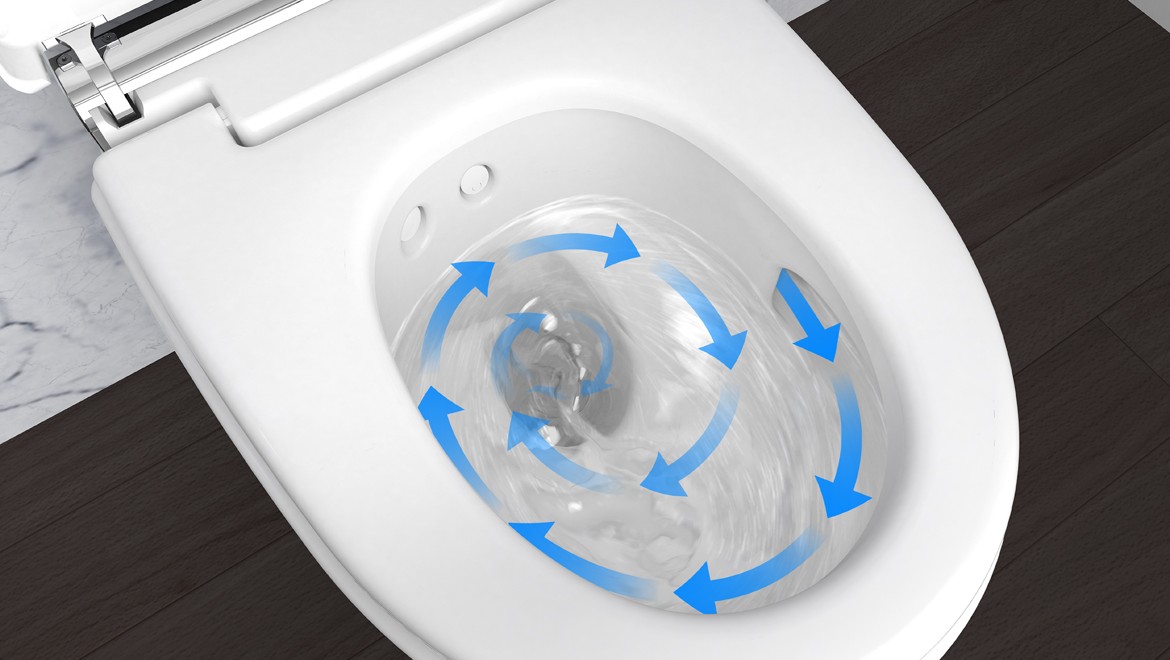In today's world, where sustainability and cost-efficiency are key priorities for industries, the adoption of water-saving toilets for businesses has emerged as a crucial strategy. These toilets not only help in reducing water consumption but also significantly cut down on utility expenses. For businesses, especially those in sectors such as hospitality, healthcare, and retail, investing in water-saving toilets is not just an environmental choice but also a financial one.

Why Businesses Should Invest in Water-saving Toilets
The primary reason for businesses to consider installing water-saving toilets is the long-term cost savings. Traditional toilets can use up to 3.5 gallons per flush, whereas water-saving models can use 1.28 gallons or even less. This reduction in water usage directly translates to lower water bills. Furthermore, embracing water-efficient technologies can also enhance a company's reputation as an environmentally responsible entity, which can be a significant advantage in today's market.
Moreover, with increasing regulations and standards regarding water usage, businesses that fail to adopt efficient practices may face penalties or increased scrutiny. Investing in water-efficient toilets ensures compliance with these regulations and helps avoid potential fines.
Understanding Water-saving Toilet Technologies
There are several technologies available for businesses looking to install water-saving toilets. One popular option is the dual-flush system, which allows users to choose between a full flush and a half flush depending on the requirement. This system can significantly reduce the amount of water used per flush. Another option is the pressure-assisted toilet, which uses pressurized air to enhance the flushing performance while using less water. For businesses looking to upgrade their current systems, dual-flush conversion kits are an economical and effective solution.
For a comprehensive guide on how dual-flush systems work and their benefits, you can visit this article.
Overcoming Challenges in Implementing Water-saving Toilets
While the benefits are clear, businesses may face certain challenges when implementing water-saving toilets. These include initial installation costs and potential disruptions during the installation process. However, the long-term savings and environmental benefits often outweigh these initial hurdles.
Businesses can also face resistance from stakeholders who may be hesitant to invest in new technologies. It is crucial to communicate the long-term financial benefits and the positive environmental impact to gain their support. Additionally, partnering with experienced contractors who understand the specific needs of your industry can make the transition smoother.
Case Studies: Successful Implementations
Many businesses have already reaped the benefits of installing water-saving toilets. For instance, a renowned hotel chain reported a 30% reduction in their water bills after switching to dual-flush toilets. Similarly, a healthcare facility saw significant savings by replacing all their traditional toilets with pressure-assisted models.
For more real-world examples and detailed insights on how to make the most of these technologies, check out this resource.
Environmental and Social Impact
Beyond the financial implications, water-saving toilets play a critical role in conserving water, one of our planet's most precious resources. By reducing water usage, businesses contribute to the sustainability of local water supplies. This is particularly important in regions facing water scarcity.
Moreover, businesses that adopt green technologies can improve their brand image and appeal to eco-conscious consumers. As the demand for sustainable practices grows, companies that take proactive steps in this direction can stand out in the competitive marketplace.
For additional information on the environmental benefits of water-efficient toilets, you may explore this EPA resource.

FAQs
Are water-saving toilets less effective than traditional models?
No, modern water-saving toilets are designed to be just as effective as traditional models. Technologies like dual-flush and pressure-assisted systems ensure efficient flushing while using less water.
How much can businesses save by installing water-saving toilets?
The savings can vary depending on the size of the business and the number of toilets installed. However, businesses can typically expect to see a reduction of 20% to 50% in their water bills.
Is the installation process disruptive for business operations?
While there may be some initial disruptions during the installation process, experienced contractors can minimize these by scheduling installations during off-peak hours or in phases.






